Similar examples have been exhibited in museums in Germany, Hungary and the Czech Republic. One conical vase with three sides and two square vases. Each is decorated with a drop of aventurine glass on all sides, arranged in a spiral and painted gold. Three-sided vase with decoration around the rim. In perfect collector's condition. Dimensions: 14.5/8 Wilhelm Steigerwald (1804–1869) was a Czech-German industrialist. In 1832, he was a glass merchant in Haida, northern Bohemia, at the Kinsky Palace, with Friedrich Egermann. In 1836, he and his brother Franz Steigerwald began construction of the Theresienthal glassworks in the Bavarian Forest. On 1 July 1837, he joined the company as a co-shareholder and moved to Theresienthal in 1839, where he took up the position of technical director of the factory and obtained a five-year privilege from the Bavarian government for the golden ruby glass he produced in 1840. In December 1842, after disputes with the shareholders, he resigned from his position as director. In 1844, he leased the Schachtenbach glassworks in the Rabenstein glassmaking district and operated it from 23 April 1844. He obtained the inheritance rights to the regenhütte, which also belonged to the Kiesling estate, in 1847 after the von Kiesling family died out. In 1849, King Max II and his wife visited him, followed in 1853 by Prince Luitpold, the future Prince Regent. In 1855, Wilhelm Steigerwald was the only German manufacturer to receive a gold medal in Paris. Under his leadership, Schachtenbach had achieved a leading position among the glassworks in the Bavarian Forest. On 30 March 1859, the lease agreement with the Spiegelglasfabrik Fischer/Ziegler in Erlangen ended and Steigerwald became the heir. At the request of the state forestry administration, he conducted negotiations on the transfer of the Schachtenbach hut to Regenhütte and, after the contract was concluded on 22 September 1863, began construction of a new glassworks in Regenhütte, the building of which still stands today. The Schachtenbach glassworks was abandoned, and almost all of the inhabitants moved to Regenhütte. Steigerwald himself also moved to Regenhütte in 1865. Wilhelm Steigerwald was married to Henriette Reinhold, originally from Zweibrücken, who died three years after him. Their children were their daughter Louise (1832-1840), their son Oskar (1837-1840), their son Wilhelm Jr. (17 March 1843-1880) and the glass artist Henriette [later von Poschinger] (1 December 1845-1903). Henriette Steigerwald was therefore not only the daughter of the estate and glassworks owner Wilhelm Steigerwald and Henrice Reinhold, but also the niece of Franz Steigerwald, founder of the Theresienthal glassworks in 1836. In 1863, Henriette Steigerwald married Johann Michael (II) von Poschinger's son, Bavarian royal commercial counsellor Johann Michael III, in Zwiesel. Ritter und Edler von Poschinger (1834-1908), landowner and, following the death of his father in a stagecoach accident, also owner of the Theresienthal glassworks. Henriette Poschinger, née Steigerwald, was a distinguished pupil of the famous painter Franz von Lenbach (1836-1904). For several decades, she worked in his glassworks as a designer of trophies and römers/roemers/rummers. During the historicism period, she also copied glasses from the Bavarian and Germanic National Museum in order to create modern glasses using ancient techniques. Her two grandsons, Egon von Poschinger (1894–1977) and Hans von Poschinger (1892–1951), inherited their grandmother Henriette's artistic talent and became renowned painters.


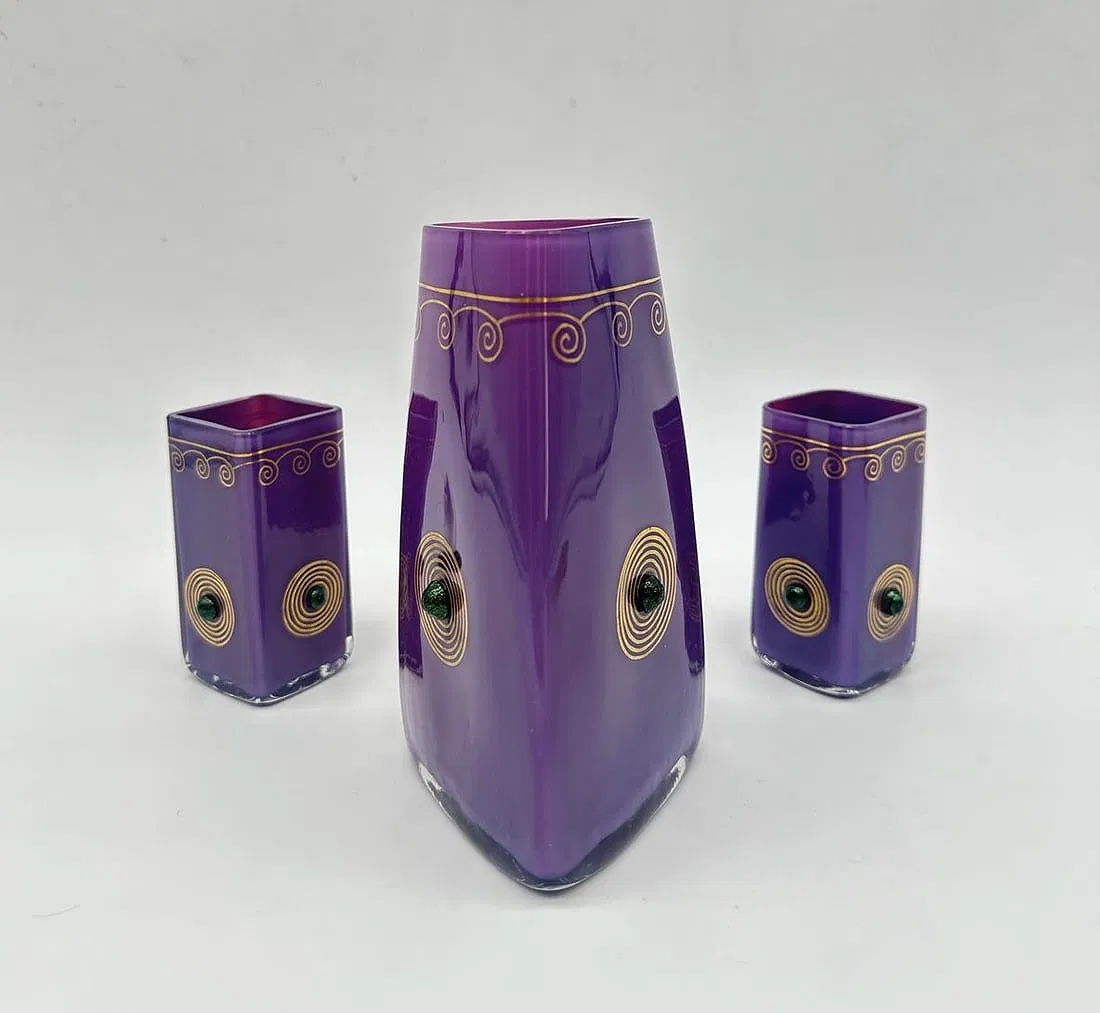


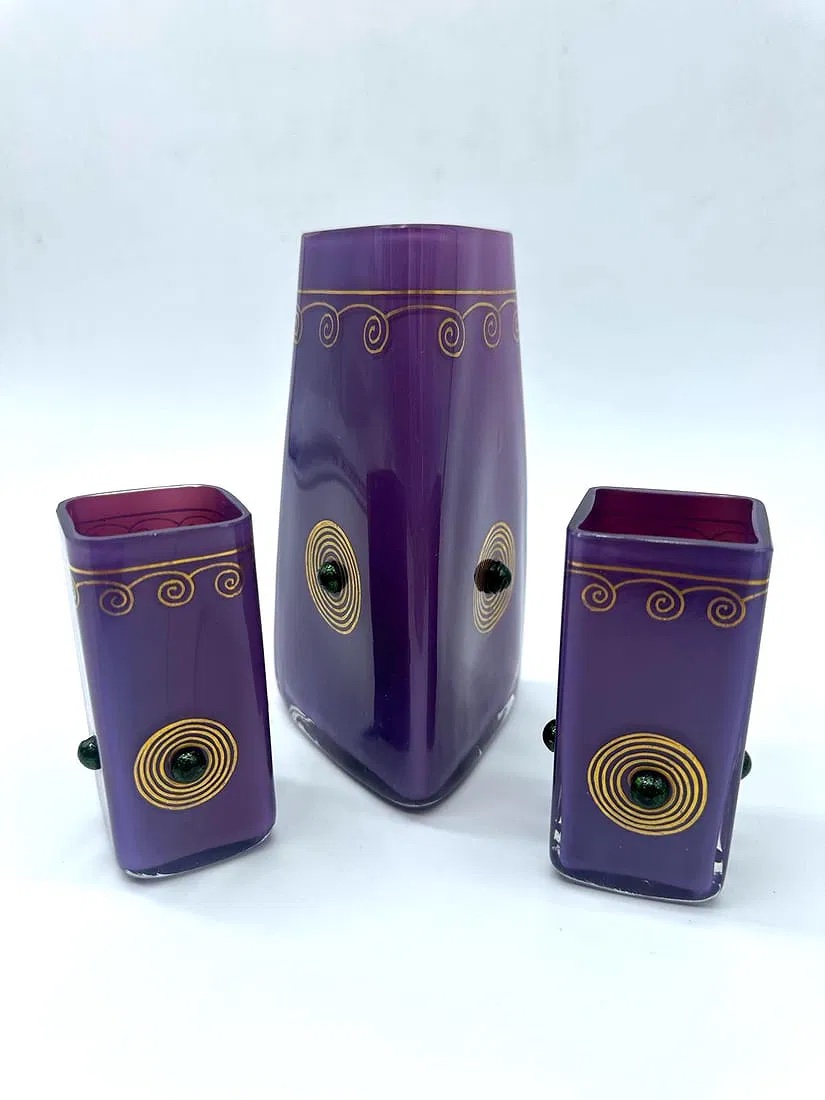
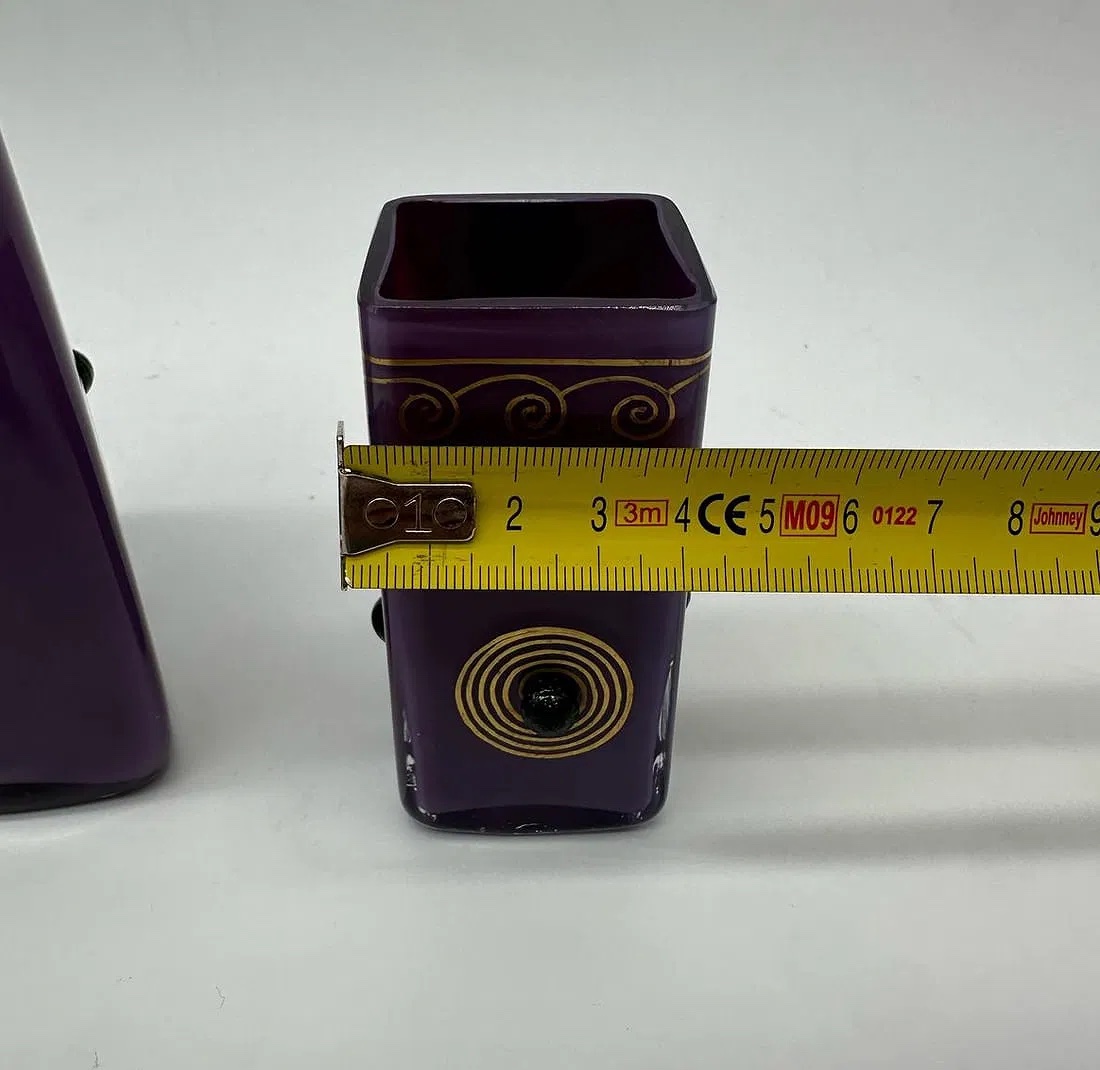



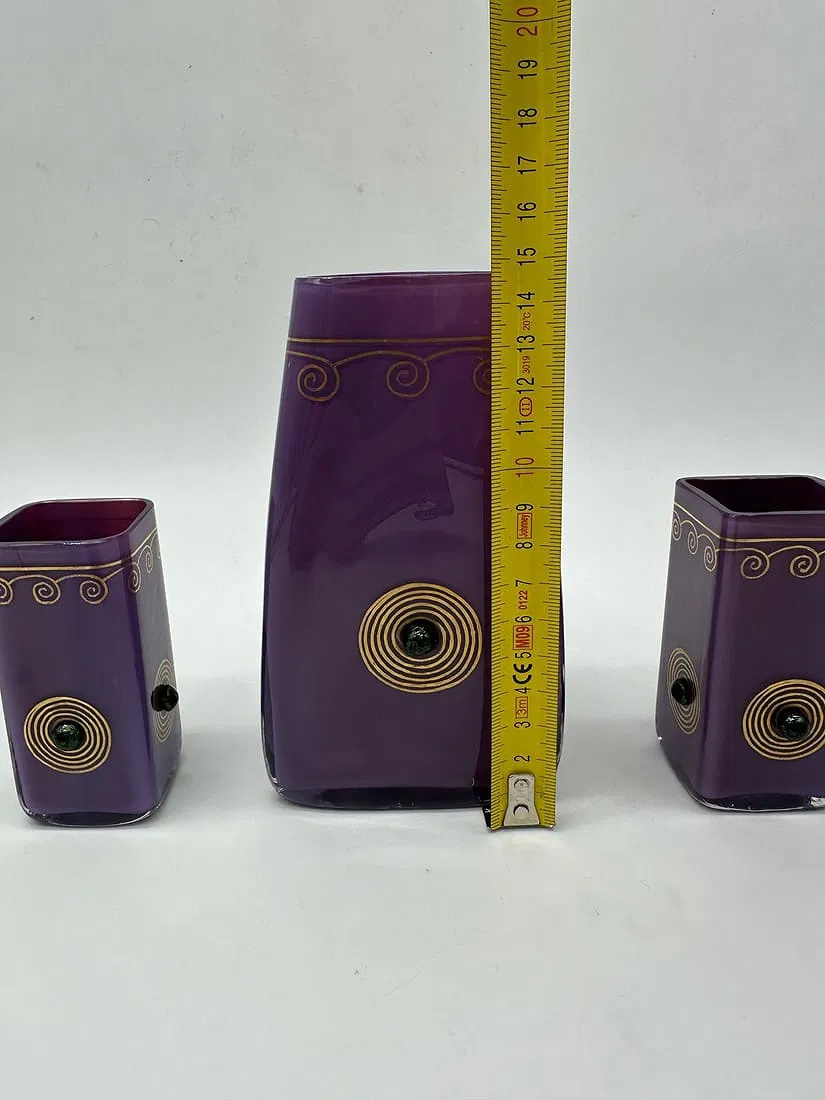
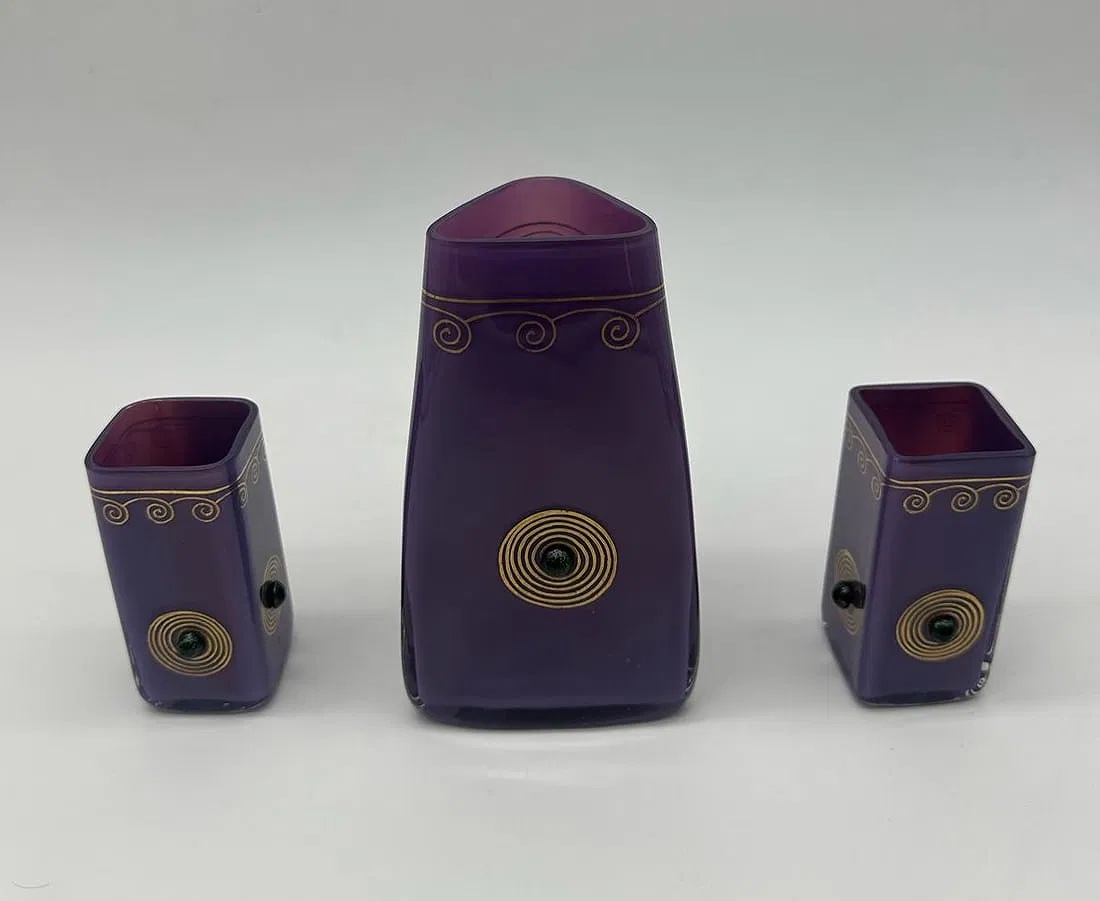

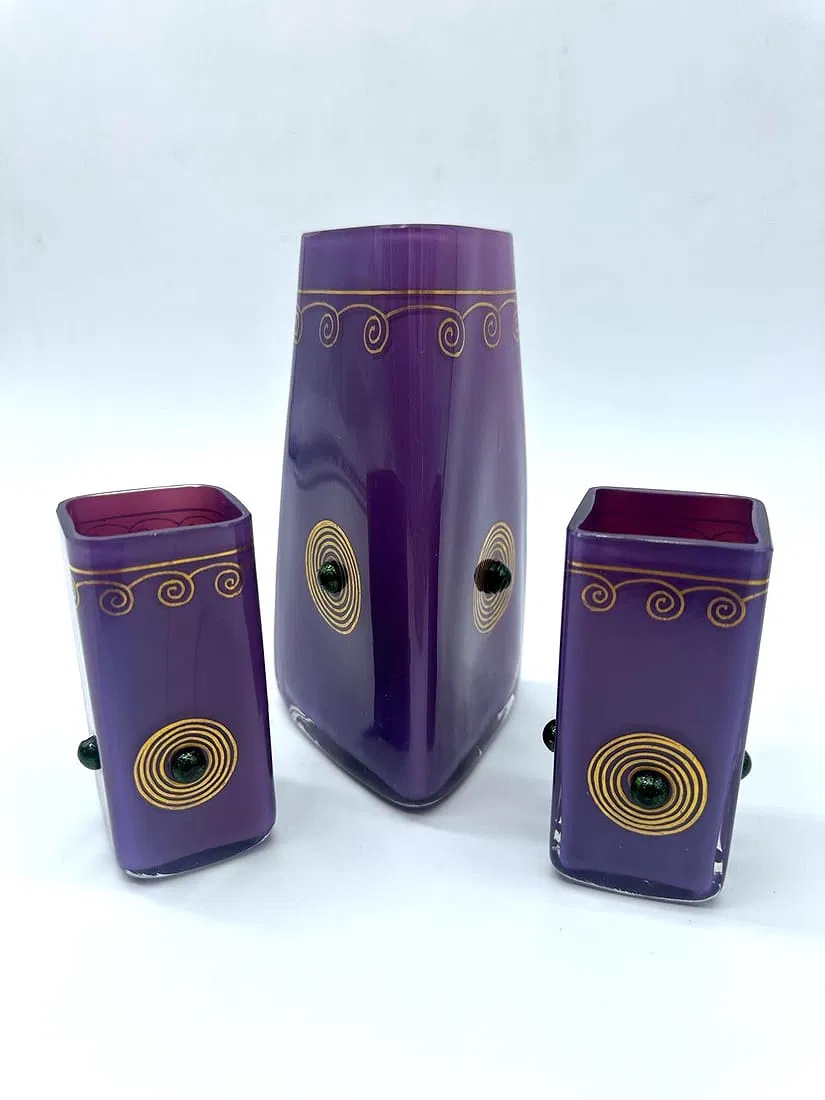













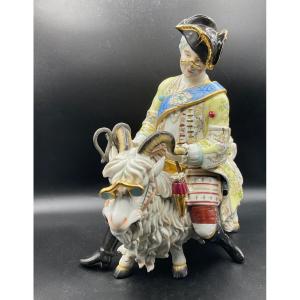
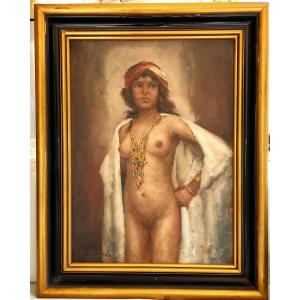

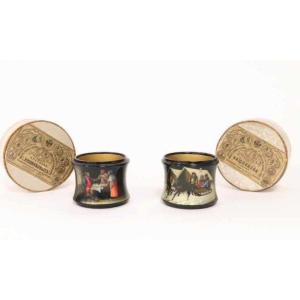
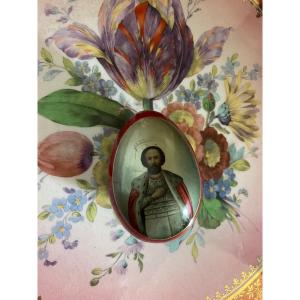

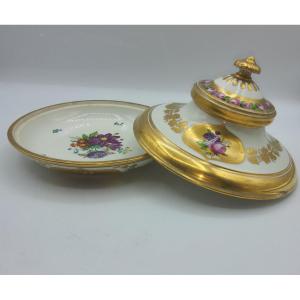




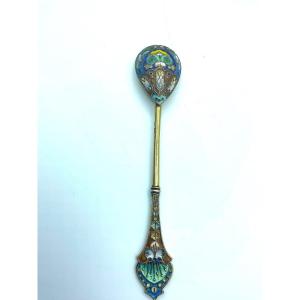
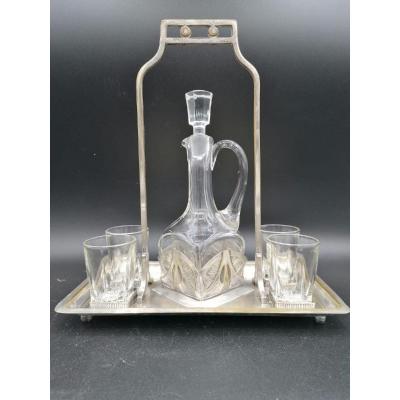


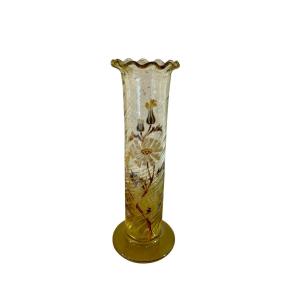
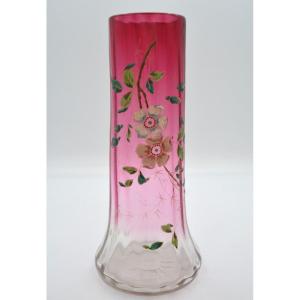






 Le Magazine de PROANTIC
Le Magazine de PROANTIC TRÉSORS Magazine
TRÉSORS Magazine Rivista Artiquariato
Rivista Artiquariato